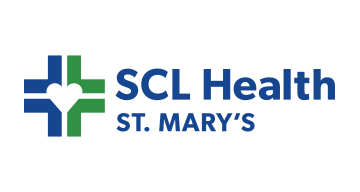
NewYork‑Presbyterian’s infusion network spans multiple sites, and recent years have seen it adopt data‑driven scheduling and nurse‑assignment tools to boost efficiency. The partnership with iQueue has yielded clear improvements: several centers that refreshed their scheduling templates recorded 9–12 % increases in completed appointment volumes, and one site saw a 21 % boost after optimizing workflows. At Columbia, an AI‑informed template cut average patient wait times and enabled roughly one‑quarter more same‑day add‑on appointments. Building on these successes, NYP is turning its attention to “systemness” — harmonizing workflows and metrics across all infusion centers. The presentation will review the network’s achievements, show how standardized processes unlock capacity, and outline plans for unified capacity planning, nursing workflow optimization and enterprise‑wide performance dashboards.








Take the first step towards unlocking capacity, generating ROI, and increasing patient access.
If you work in the healthcare industry, or even if you’re just an interested observer, you don’t need a book to tell you that the financial pressure is on as never before. A perfect storm of circumstances is swirling together, one that will make survivability, not to mention profitability, a greater challenge for healthcare companies than we’ve seen in the modern era.
As with banks, retailers, and airlines, which had to rapidly enhance their brick-and-mortar footprints with robust online business models—it is the early movers eager to gain new efficiencies that will thrive and gain market share. The slow-to-move and the inefficient will end up being consolidated into larger health systems seeking to expand their geographical footprints.
Let’s look at just a few of the looming challenges healthcare must meet head-on.
An aging population
By the year 2030, the number of adults sixty-five years of age or older will exceed the number of children eighteen years or younger in the United States. We are living longer than our parents did. Positive news for sure, but problematic for several reasons.
The older we get, the more medical help we need. Older people have more chronic diseases. By 2025, nearly 50 percent of the population will suffer from one or more chronic diseases that will require ongoing medical intervention. This combination of an aging population and an increase in chronic diseases will create a ballooning demand for healthcare services.